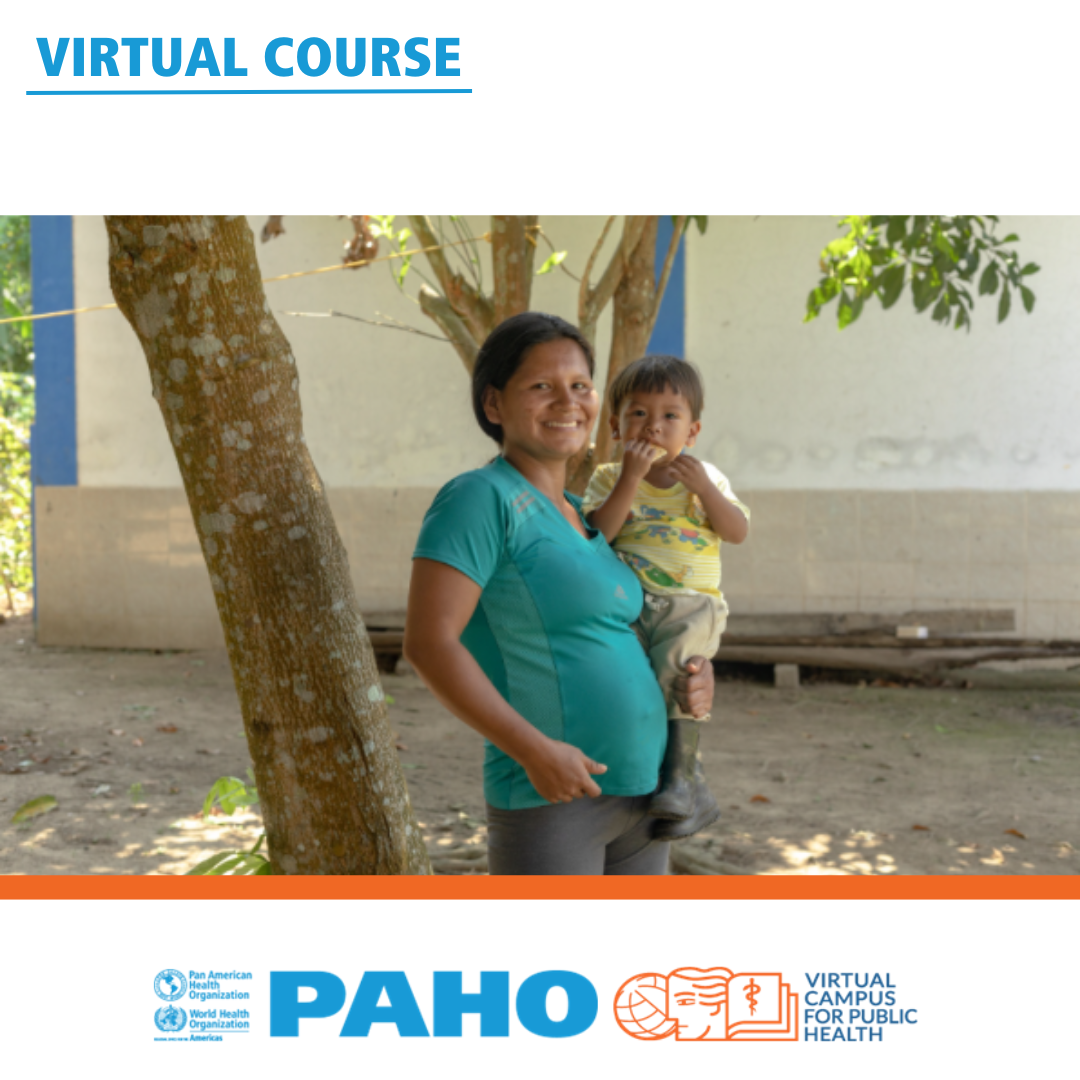Virtual Course for managers of the Expanded Program on Immunization – Vaccine-Preventable Diseases (VPDs)

Introduction to the course
Over the past decade, immunization coverage in the Region of the Americas has declined for several vaccine-preventable diseases (VPDs). The COVID-19 pandemic exacerbated these trends, and the risk of VPD outbreaks in the Region is at its highest level in 30 years. As countries turn their attention to restoring the performance of their national immunization programmes, they need up-to-date training materials to ensure that all Expanded Programs on Immunization (EPI) managers and vaccinators are familiar with the signs and symptoms of each VPD.
This virtual course for managers of the EPI of the Americas provides up-to-date information on 15 VPDs, so that health personnel can recognize these diseases and implement surveillance and vaccination measures to minimize their transmission in the population.
Purpose
Provide up-to-date basic information on 15 VPDs, their modes of transmission, case definition, method of diagnosis and PAHO-recommended vaccination schedule.
Competencies
The course provides the opportunity to achieve the following competencies:
- Participate in the implementation of surveillance and vaccination aimed at minimizing transmission in the population, through the update of available knowledge regarding 15 VPDs.
- Identify the proper case definition for each VPDs described, as well as the measures to be implemented as part of the epidemiological surveillance system.
- Make the necessary vaccination recommendations to minimize the transmission of VPDs in the population
Learning Objectives
- Identify the signs, symptoms, and modes of transmission of each described VPD.
- Learn case definitions for the implementation of epidemiological surveillance.
- Know the vaccination recommendations against each VPD.
This course is developed for:
- Managers of national immunization programs in the Americas.
- Health professionals in primary healthcare services, including immunization services.
- Healthcare professionals who are entering the workforce or who need to update their technical skills.
Course structure
- Module 1: Basic concepts and recommendations concerning the prevention of Hepatitis B
- Module 2: Basic concepts and recommendations concerning the prevention of Poliomyelitis
- Module 3: Basic concepts and recommendations concerning the prevention of Diphteria
- Module 4: Basic concepts and recommendations concerning the prevention of Tetanus
- Module 5: Basic concepts and recommendations concerning the prevention of Whooping Cough
- Module 6: Basic concepts and recommendations concerning the prevention of Hepatitis A
- Module 7: Basic concepts and recommendations concerning the prevention of Yellow Fever
- Module 8: Basic concepts and recommendations concerning the prevention of Measles
- Module 9: Basic concepts and recommendations concerning the prevention of Mumps
- Module 10: Basic concepts and recommendations concerning the prevention of Rubella
- Module 11: Basic concepts and recommendations concerning the prevention of Varicella
- Module 12: Basic concepts and recommendations concerning the prevention of Pneumococcal Diseases
- Module 13: Basic concepts and recommendations concerning the prevention of Rotavirus
- Module 14: Basic concepts and recommendations concerning the prevention of Human Papillomavirus (HPV)
- Module 15: Basic concepts and recommendations concerning the prevention of COVID-19
Workload
The course is available on the Virtual Campus for Public Health of the Pan American Health Organization (PAHO). Since it is a self-paced course, participants can determine their time and moments of study. The estimated time for the completion of all the modules and the final evaluation is 20 hours.
Assessment and certification
During the modules, exercises will be proposed to allow you to review the contents. These will be a practice for the final evaluation, which will be available upon completion of all the modules of the course. The final assessment contains 30 multiple-choice or true/false questions. You must achieve 70% of correct answers to pass. Participants who meet the course requirements and complete the Virtual Campus Quality Survey will be able to download their PAHO-issued certificate of completion.
